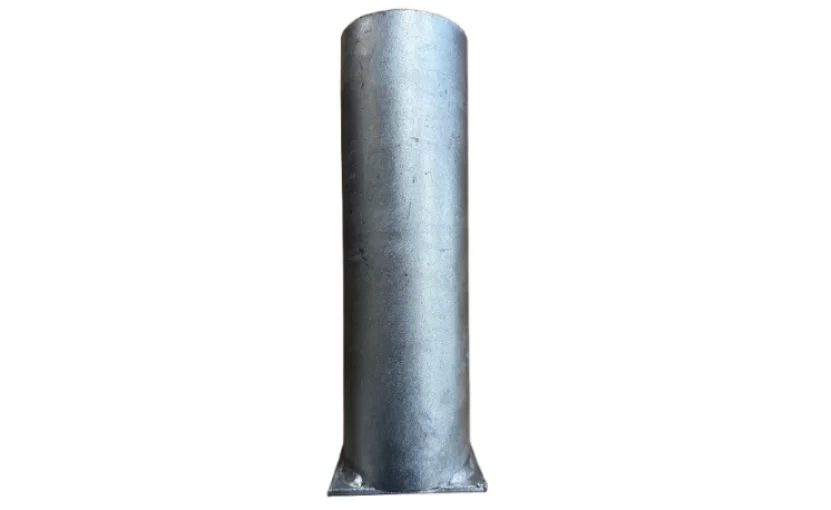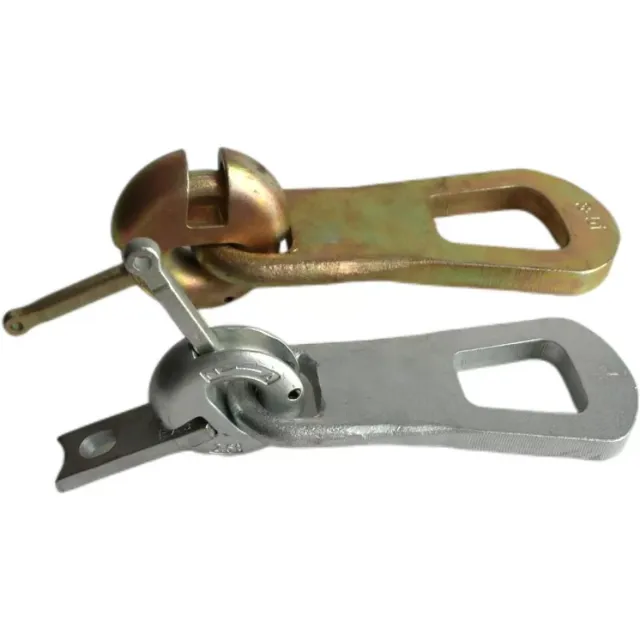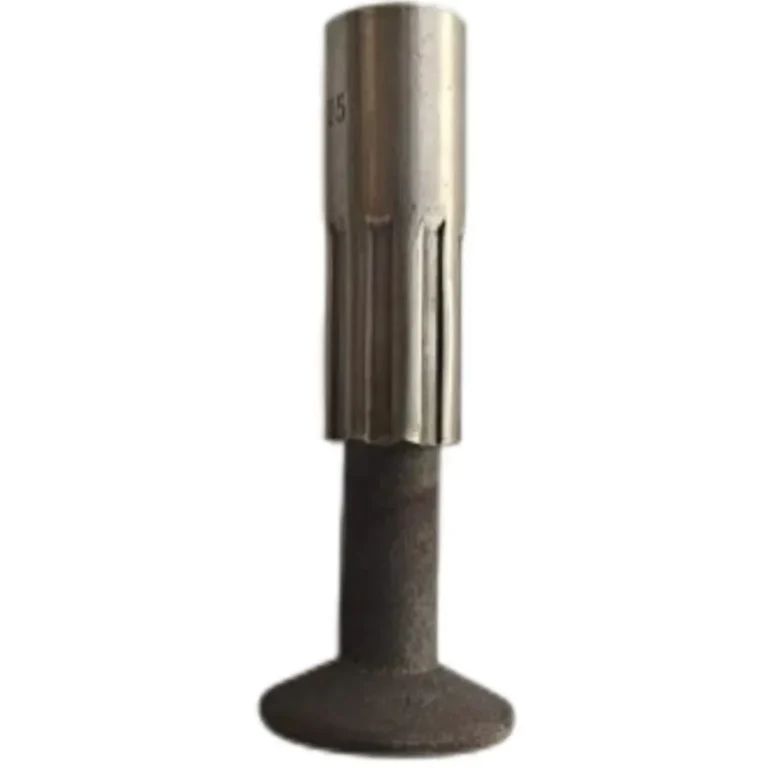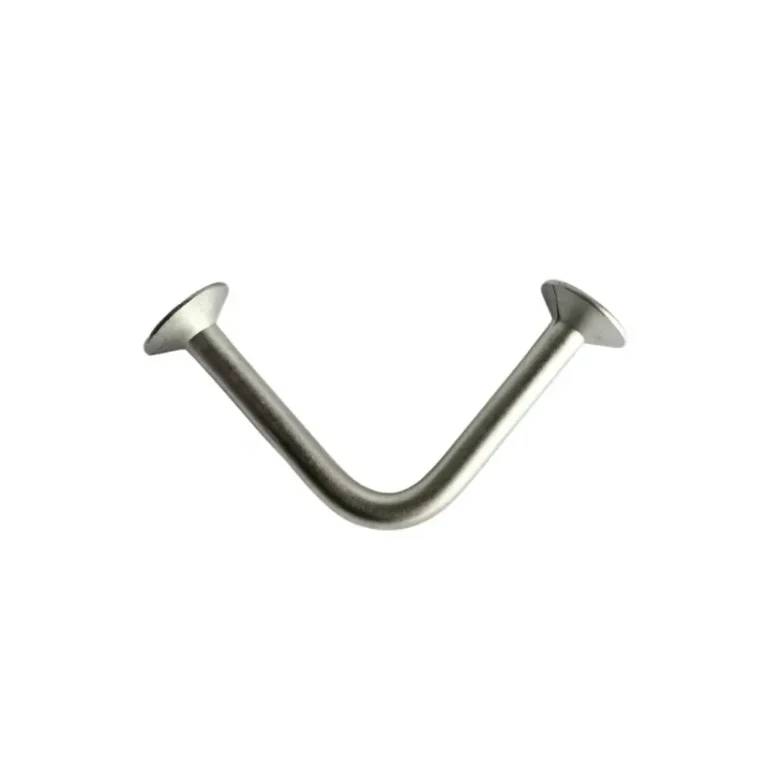Understanding the Properties of Cast Iron
What is Cast Iron and Its Composition?
Cast iron is a handy mix made mostly of iron, with carbon tossed in—about 2% to 4%—and some silicon too. You’ll find bits of manganese and sulfur in there as well. Folks love it for its toughness, slick wear resistance, and knack for handling big squeezes. Its insides—packed with graphite flakes or lumps—give it cool tricks like easy cutting and noise muffling.
Making cast iron starts with melting pig iron, scrap steel, and other blends in a hot furnace. That liquid brew gets poured into molds to shape all kinds of goods. Its grit and heat steadiness make it a top pick for stuff like building bits, car parts, pots, and drain pipes.
Why is Cast Iron Commonly Used for Drain Covers?
Cast iron drain covers pop up everywhere thanks to their brawn and long life. These lids gotta take heavy hits from cars and folks walking by. Cast iron’s beefy squeeze strength steps up big here. Plus, it doesn’t bend easy under pressure—keeps its shape solid over years.
It’s cheap too compared to other stuff that’s just as tough. You can churn out heaps of cast iron on the cheap without skimping on quality. And it stands up to rough weather—hot, cold, wet—making it perfect for outside spots where things get wild.
Factors Contributing to Rust in Cast Iron Drain Covers
The Role of Moisture in the Rusting Process
Rust hits cast iron through a chemical thing called oxidation. When water or damp air touches the surface, it mixes with oxygen—turns into rust, that reddish gunk. Things speed up if the drain cover sits in puddles or steamy air for a while.
Water acts like a bridge—lets electrons zip around during oxidation. Over time, it chews up the surface, softening its bones. Rain or dew hitting it regular bumps up rust odds outside.
How Chemicals and Pollutants Accelerate Corrosion
City junk and chemicals crank up rust on cast iron drain covers. Road salt in winter, say, mixes with water and turns nasty—eats metal quick. Factory fumes like sulfur dioxide or acid bits hit the surface too—wear it down faster.
In busy streets, car exhaust drops oily gunk that sticks to covers. Add water, and it cooks up acid mixes that gnaw at the metal—cuts its life short.
Environmental Conditions Impacting Rust Formation
Weather swings and sun rays mess with rust too. Hot-cold shifts in wild climates can crack cast iron covers tiny-like. Those splits let water and junk dig deeper—speed up rust.
Near the coast, salty air jacks up rust by juicing water’s bite on metal. City spots with thick smog pile on faster wear too—cast iron takes a beating.
Preventative Measures Against Rust in Cast Iron Drain Covers
Protective Coatings and Their Effectiveness
Slapping on protective coats is a slick way to block rust on cast iron drain covers. Stuff like epoxy resins or powder coatings throws up a wall—keeps water and air off the metal. Galvanization—dipping it in zinc—lays down long-haul rust armor too.
These coats beef up toughness and look sharp—smooth finishes that shrug off scrapes. You gotta peek at them regular though—make sure they’re holding tight.
Regular Maintenance and Cleaning Practices
Keeping cast iron drain covers in check stretches their years. Scrubbing them often clears off dirt, crud, and chemical leftovers that spark rust. Mild soaps or metal-friendly cleaners zap junk without hurting coats.
Checking them now and then for rust or dings lets you jump in quick—before it’s a mess. Small rust patches? Hit ‘em with wire brushes or sandpaper, then recoat.
The Importance of Proper Installation
Setting up cast iron drain covers right shapes how long they last and work. Nailing them in snug cuts down wiggles or shakes that wear them out. Tilting them smart lets water run off fast—less soaking, less rust.
Good gaskets or seals at setup block water sneaking into cracks where rust loves to start. Detail: Fixing System For Precast Concrete Unit.
Qingdao Baoqi Intelligent Co., Ltd., with 10+ years in casting tricks, dishes out custom fits—sticks tight to global quality bars.
Repairing Rusted Cast Iron Drain Covers
Identifying Signs of Damage or Corrosion
Spotting rust or wear early on cast iron drain covers is key for quick fixes. Red-brown patches scream rust kicking off. Left alone, it flakes or pits the surface—messes with its strength. Big rust can crack it—especially where heavy stuff rolls over or weather hits hard.
If it feels flimsy—can’t hold weight like before—that’s a clue too. It might bend or snap under push. Regular looks catch this stuff before it’s a nightmare.
Methods for Removing Rust from Cast Iron Surfaces
You’ve got ways to scrub rust off cast iron. Wire brushes, sandpaper, or power tools with rough bits scrape off surface rust—primes it for more work.
Chemical rust busters pack acids or grabbers that melt rust without hurting the metal underneath. After using them, rinse good and dry it all—stops new rust popping up.
For real bad rust, sandblasting or shot blasting blasts grit fast—cleans it slick. That needs pro gear though—best left to experts.
Post-rust cleanup, slap on paint, epoxy resin, or powder coating—keeps rust out later.
When to Opt for Repair Versus Replacement
Fixing or swapping a rusted cast iron drain cover hinges on how bad it’s hit and cash talk. Light rust or small dings? Clean and recoat—that’s cheap and stretches life.
But deep pits, big cracks, or bad bends might scream for a new one. A beat-up cover’s risky—might flop under weight.
Money weighs in too. Fixing a trashed one might cost near as much as a fresh one. Chatting with pros sorts what’s smart for your spot.
Extending the Lifespan of Cast Iron Drain Covers
Benefits of Anti-Corrosion Treatments and Technologies
Anti-rust tricks beef up cast iron drain cover life big-time. Galvanization—zinc coating—throws up rust-proofing that lasts by taking the hit first. Epoxy coats lock out water and air tight too—great shield.
New tech like cathodic protection’s getting hot in factory gigs. It hooks up lively metals—like magnesium or aluminum—as bait anodes. They rust instead—save the cover.
Regular anti-rust touch-ups dodge early wear and trim fix costs down the line.
Recommendations for Long-Term Use in Various Environments
For cast iron drain covers to last in all kinds of spots, think about weather and how much they’re out there when picking stuff and shields.
Coastal zones with salty air need marine-grade coats—built for rough digs. City spots with thick fumes lean on high-tech guards that fend off acid junk and smog.
Setting them up right matters heaps too. Locking them firm cuts wear from moving. Slanting them smart drains water quick—less wet time, less rust. Detail: Fixing System For Precast Concrete Unit.
Routine cleanup—like clearing muck—and peeking for early wear keeps them humming long.
Qingdao Baoqi Intelligent Co., Ltd., with 10+ years in casting know-how, crafts custom fits—sticks tight to world quality rules.
Frequently Asked Questions
Can repairing a cast iron sewer pipe prevent future rust issues?
Yep—fixing weak spots quick stops water piling up that sparks more rust.
How can I identify severe corrosion on my drain cover?
Look for deep pits, big cracks, flaking, or if it can’t hold weight good.
Are there eco-friendly options available for treating cast iron?
Sure—water-based epoxies guard well and go easy on nature.
How often should I inspect outdoor drain covers?
Twice a year’s good normally—more if it’s wild weather or heavy use.
For scoop on tough casting fixes for trades worldwide, BaoQi’s been at it 10+ years—forging parts under ISO-9001 quality stamps!










